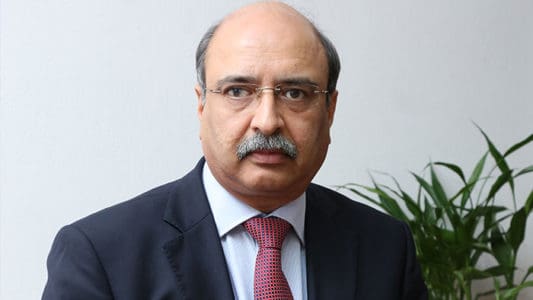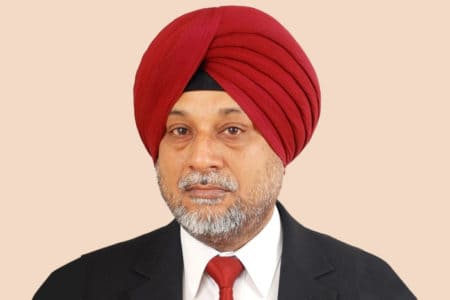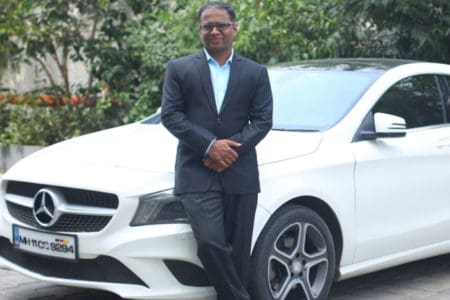Indian consumers expected to buy 12 million smartphones in 2011
New Delhi / Gurgaon : With the India mobile handsets market expected to grow 25 per cent by volume in 2011 to 210 million units over 2010 sales of 167 million, the market research firm CyberMedia Research (CMR) expects the smartphone market to carve out an even more dramatic growth among Indian users.
“The sales of nearly 12 million smartphones expected in 2011 represents a near 100 per cent growth over sales of smartphones in 2010. The proportion of smartphones as a percentage of total mobile handset shipments in the India market is expected to grow from 3.6% of 167 million total units in CY 2010 to 5.7% of an estimated 210 million units in CY 2011
Table 1: India Mobile Handsets Market: 2009 to 2011 Smartphone Shipments Share (%)

Source: CMR India, 2011
“Smartphones are mobile devices with evolved operating systems, that include Symbian Series 60, Android OS, iPhone OS, Blackberry OS, Linux among others”, says Siddharth Neri, Analyst, Mobile Devices Research, India Telecoms Practice CMR. In addition to voice capability these devices have the ability to download and run applications, and store user data beyond their required personal information management capabilities.
These devices are able to synchronize with a desktop or laptop computer. Smartphones offer users PC-like functionality. These phones have ended the need to carry a separate PDA (Personal Digital Assistant) and a mobile phone. Examples of present day smartphones include Apple iPhone, Motorola Milestone, HTC Desire, Samsung Galaxy Spica, Blackberry Curve etc.
Users can browse the Internet, check mail, blog, share photographs, update their status on social networking sites, play games, download applications with their smartphones. Till the end of 2010, a top-end smartphone used to be equipped with a 1GHz processor. Starting 2011, with the use of dual core processors in smartphones, these devices have become more powerful as compared to their predecessors.
CyberMedia Research telecom analysts label these smartphones as the ‘second wave’ of smartphones as they become capable of performing multiple functions. “Going forward these devices will become as powerful as present day laptops”, adds CMR’s Naveen Mishra.
Smartphones like Motorola Atrix 4G, LG Optimus X2 use dual core processors. A dual core processor is a combination of two 1 GHz processors, which can be used in parallel giving more power and speed to the device. Though these processors enable more power but a smartphone’s overall performance still depends on the integration of its software with its hardware. For example, how closely the phone’s software and applications are able to interact with its hardware taking out the maximum advantage of hardware abilities of the phone. The best example is Apple iPhone 4, which runs on a single core processor but is able to take full advantage of its hardware abilities.
Some of the applications where multi-core processor based smartphones can provide a boost to usage are Gaming, Autostereoscopic 3D enabled handsets, video streaming, HD (high definition) video recording and playback, video conferencing, HDMI user interface.
Autostereoscopic technique is a method of displaying images with perception of 3D depth without requiring the viewer to wear any glasses. This activity needs extra power and the new generation of smartphones is able to deliver this.
The dual core smartphones will also allow users to play advanced games, which need more power. Users will be able to enjoy games or videos on a bigger screen by connecting the smartphone output to an HDTV through HDMI ports. Again, the increased power of a new generation smartphone will prove helpful in running HDMI applications.
Dual-core processors will enable full HD video playback and recording at 1080p resolution, which is a big leap forward from the 720p video playback currently available in top present day smartphone models. Beyond full HD support, dual-core processors would enable smartphones to run more demanding applications like videoconferencing and video streaming. These smartphones will also provide a significantly higher speed and performance for multitasking in comparison to ‘first generation’ smartphones.
The market is expected to witness more excitement on the CPU front, with the launch of multi-core processor based smartphones by a number of mobile phone vendors by end 2011.












